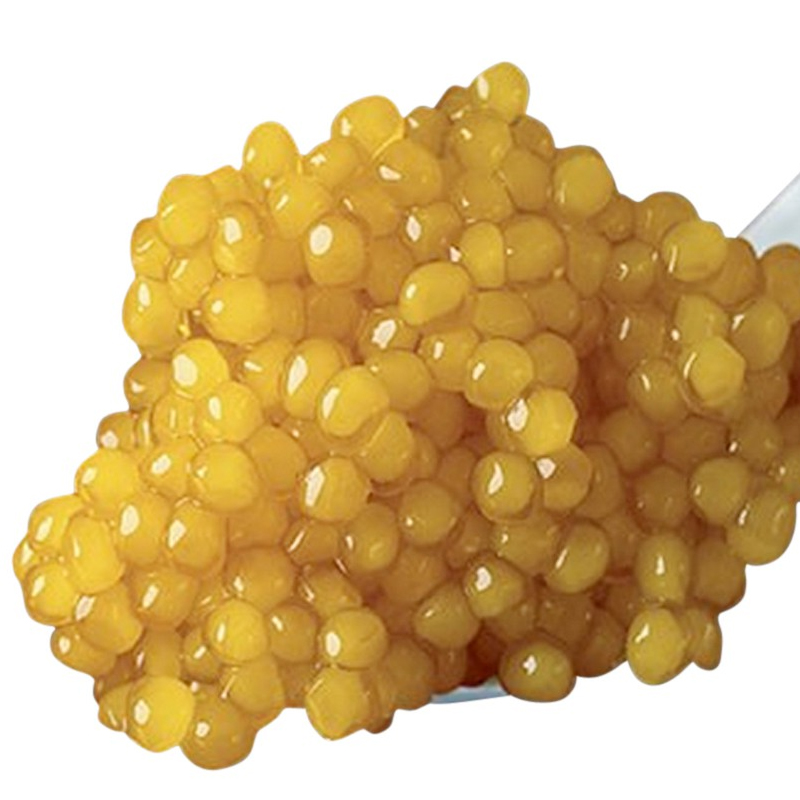
Strottarga Almas Caviar
Almas Golden caviar types. Either the eggs of the albino sturgeon or those of an Oscietre sturgeon, which is at least 60 years of age. The flavors, respectively are light and delicate or creamy and subtle.

Strottarga Schipp Caviar
Schipp Acipenser nudiventris. Schipp is the result of cross-breeding a Sevruga with a Sterlet. It is sometimes sold commercially, but is usually packaged as either Sevruga or Oscietre, depending on the egg size, although its eggs are often less firm than those of its parent fish.
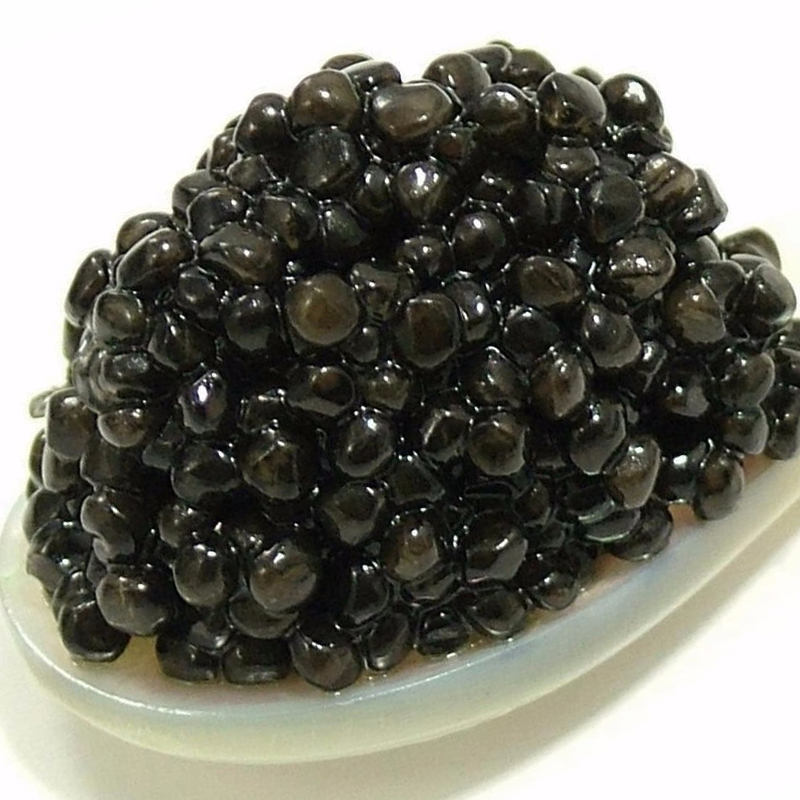
Strottarga Beluga Caviar
Beluga Huso huso. These large sturgeon are now extremely rare. Beluga eggs are the largest and are light grey to nearly black with a fine skin that melts in the mouth. The flavor is delicately fishy.
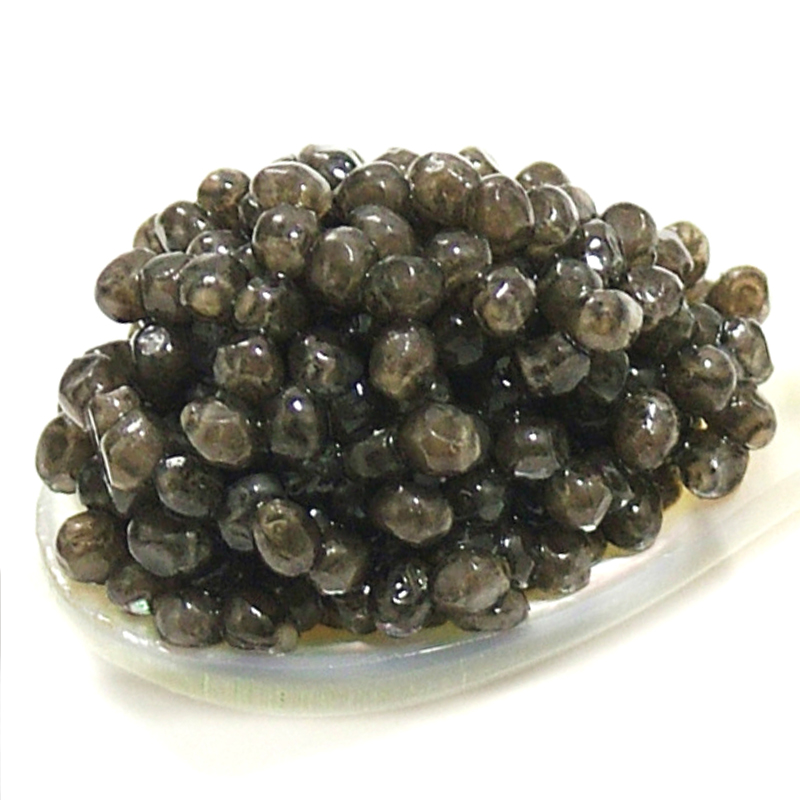
Strottarga Sevruga Caviar
Sevruga Acipenser stellatus. These are the smallest sturgeon whose grey-black eggs are fine grained. They taste distinctively salty. Sevruga is the least expensive, yet highly prized for the unique flavor.
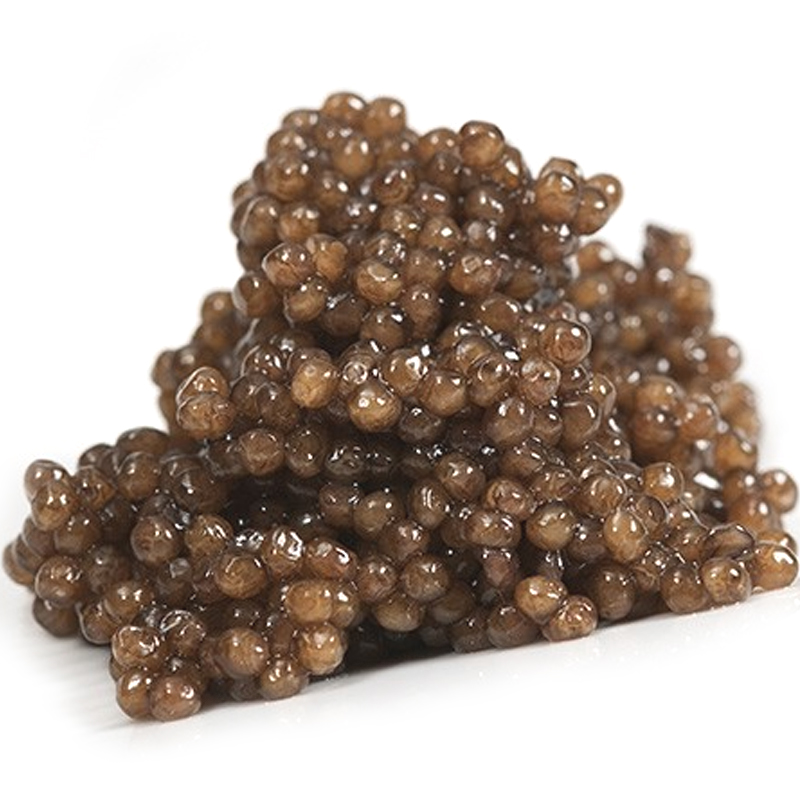
Strottarga Oscietre Caviar
Oscietre Acipenser gueldenstaedti. These sturgeons produce the widest range of eggs. The eggs fade from dark golden to a pale amber as the fishes age and tend to have a subtle "walnuts and cream" flavor.
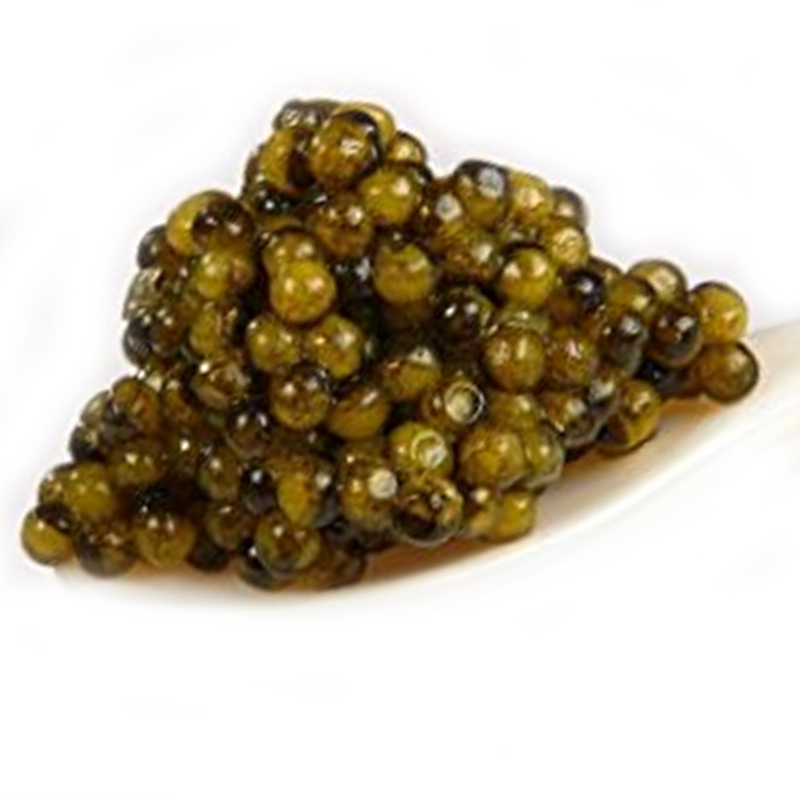
Strottarga Sterlet Caviar
Sterlet Acipenser ruthenus. The Sterlet is similar to, but smaller than, the average Sevruga is known to reach 1.25 m (4 ft) and weigh of 26 kg (55 lb).
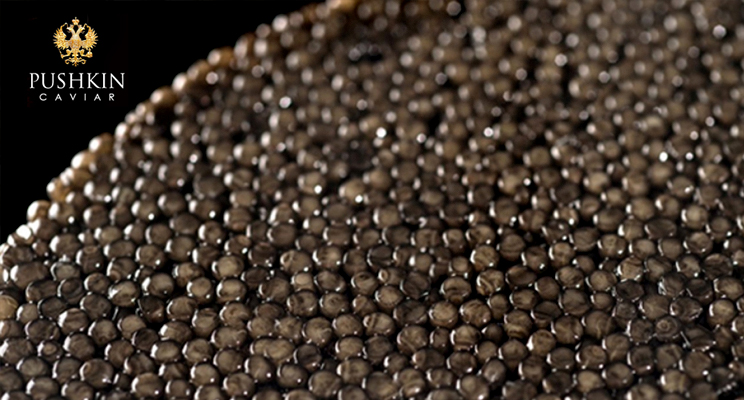
Strottarga Malossol Caviar
Malossol means "lightly salted" in Russian, although today the term has come to mean any high-quality caviar types. Traditionally only eggs that are in prime condition are prepared and labeled in this way. It takes great expertise to judge at what stage a sturgeon's eggs are absolutely right for this process, which should not contain more than 2.8-3% salt. In the US and Iran pure salt is used, but in Russia and some eastern countries a small amount of legally permitted borax is added, which many experts believe helps to preserve the caviar and enhances its natural flavor by sweetening it slightly.

Strottarga Kaluga Caviar
Kaluga Huso dauricus. One of the largest sturgeon species comes from the Amur and Liman Rivers in China. Commonly known as Kaluga, it resembles the Beluga and matures at around eighteen to twenty years of age. An average fish weighs around 80 kg (176 lb) and is about 2.3 m (7 1/2 ft) in length. The eggs from the Kaluga may be acceptable if they are fresh. The eggs are similar in size to those of a young Oscietre and are processed with up to 6% salt.
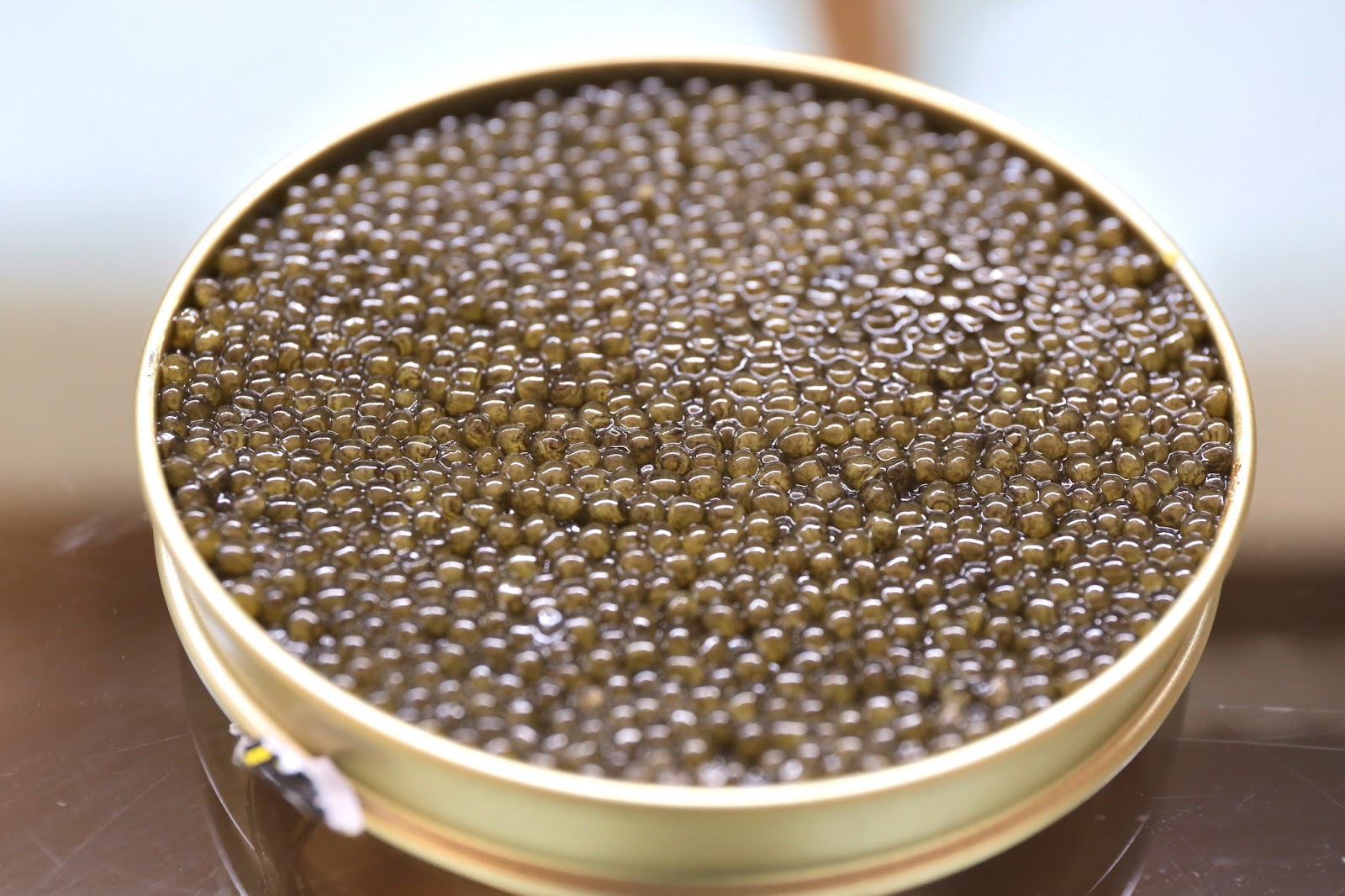
Strottarga Oscietre Caviar
Oscietre Acipenser gueldenstaedti. These sturgeons produce the widest range of eggs. The eggs fade from dark golden to a pale amber as the fishes age and tend to have a subtle "walnuts and cream" flavor.
Strottarga Pressed Caviar
Pressed caviar. This has a very salty, fishy taste. In the past pressing was the first known method of preserving sturgeon roe. Nowadays it is normally made from Sevruga or Oscietre that has been damaged in processing. Immature or overripe eggs are also used for this purpose. It takes 6 kg (15 lb) to make 1 kg (2/4 lb) of pressed caviar. Before refrigeration, pressed caviar was very expensive, because it could not be preserved for a long period. Today it should cost around the same as Sevruga, or slightly less.
The Russian term for pressed caviar is payusnaya ikra. Pressed caviar is difficult to find outside Russia, but many connoisseurs claim that it is their favorite form of caviar, as it has such a dense, strong flavor. It is definitely an acquired taste.
